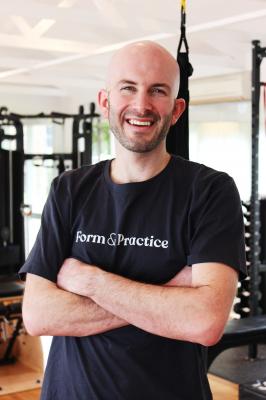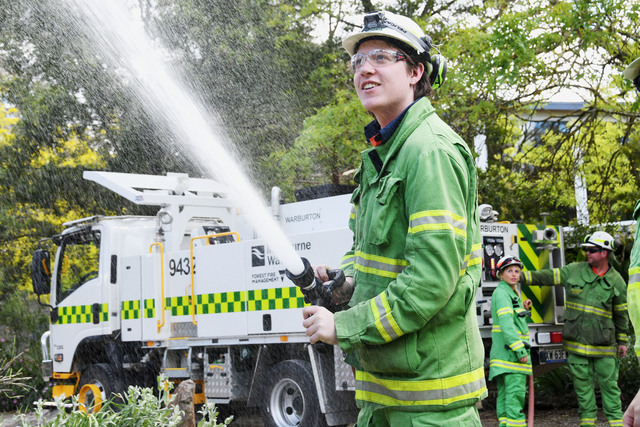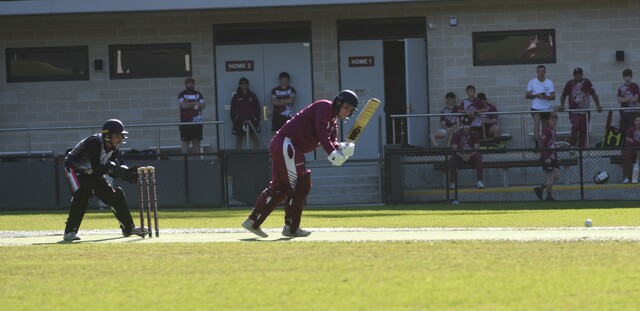Pilates has become hugely popular in recent years – but why do physios, personal trainers and others love Pilates so much?
Let’s understand the basics first. If we simplify things right down, the body has essentially two types of muscles. The first of these are called prime movers that are the muscles responsible for most functional movements of your limbs and spine – muscles like your quads, calves, biceps, pecs or your rectus abdominus (your ‘6-pack’). These muscles are generally quite powerful but if they were all we had we’d be poorly controlled and get injured often. The other group of muscles are our synergists or stabilisers. You may have heard of some: your rotator cuff, transversus abdominus (often taught in Pilates) or your Pelvic floor are good examples. Arguably, these muscles are just as important as our prime movers! These muscles are often smaller and deeper in the body and are responsible for control, co-ordination, stability and protecting a joint from injury. Every joint has these muscles, whether it’s your shoulder, hip or joints in your spine. To move optimally, your need a good interplay between your stabilising muscles and your prime movers. Think of it like having a good quality of movement rather than just being strong.
When someone injures themselves, often this balance gets thrown out a little as the stabilising muscles waste away and the prime movers will try to compensate and take over. If you have chronic or long-term pain, it’s almost certain that this balance is out. That’s why a physiotherapist may recommend specific exercises to rehabilitate these deeper, stabilising muscles.
Pilates is a system of exercises and movements that we use to do just that – improve the balance between your stabilising muscles and your prime movers. Clinical Pilates is the practice of using the Pilates system to treat and rehabilitate injuries of the spine, hip and shoulder girdle. Pilates focuses on quality and controlled movements…and it is definitely hard work! A Pilates Studio like ours may also include some specialist equipment like Reformers, Trapeze Tables, Gym balls and many other bits and pieces. It’s also important to remember that Pilates is great for everyone – young, old and everyone in-between!
So go on…give it a go!
Find out more at formandpractice.com.au







